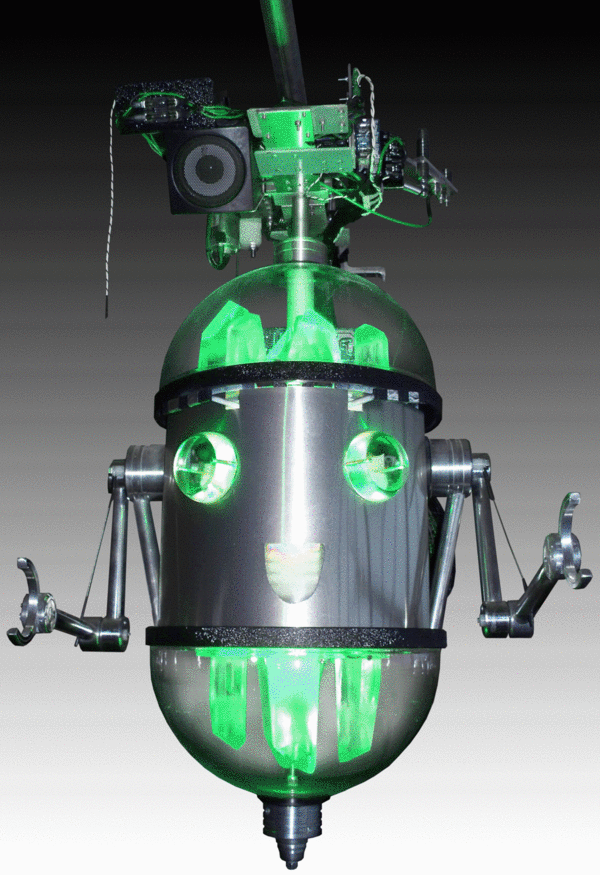

The Siegel family is an admirable group of makers. They lead a somewhat isolated existence, living and running their business developing robotic and educational exhibits for museums from an abandoned school building they purchased. The physical separation they live in is balanced by their humanitarian research and development into robotic adaptive technology and environmental, energy conservation and alternative energy technologies. Basically, they are out to make the world a better, more accessible place for everyone.

To help raise funds and promote their philanthropic efforts, the family is working on an educational web series that will show the family at work. “The Mysterious Lab of Robotics” will also provide a humorous view of the family’s oddball antics, which they often use to entertain each other during long working sessions.
You can learn more about the series and help the Siegels with their Indiegogo fundraising at their website. Read on for a bit of background on the Siegels themselves.
As a child John eagerly scrounged for junk electronics to take apart and make things with. He’d carefully study and draw out what he disassembled to get a better understanding of how everything worked. By age 10, John had his own little lab in the basement. He hand made his own relays and a galvanometer for making electrical measurements. Many kids build toy robots out of cardboard boxes; John’s had real motors. By his teens, John was etching his own circuit boards and building working robotic arms.
“Discovering Forrest Mimms electronics books was like magic to me”, says John. “Like wonderful, understandable hieroglyphics.”
In his early twenties, John had set up a small gallery in Michigan with experimental exhibits that combined art and science. That is when Victoria walked into his life. She was primarily interested in art and poetry. John found her to be logical and intelligent. The pair quickly developed a rapport. John taught her how to do silk screening, a skill he had adapted from his circuit board etching experience.
John and Victoria have encouraged their daughters’ development in the arts and sciences. The entire family works together on their business and on developing technology that advances humanitarian goals.

Aurora, in her late teens, is gifted with artistic talent as well as near perfect memory recall. Her parents believe she may be what is known as a prodigious savant. Aurora produces surreal digital art that mixes human and animal characteristics. Despite her difficulty interacting with others socially, she has a strong sense of social justice and shares in the family’s humanitarian goals.

Autumn is in her early twenties. She suffered a stroke at the age of five and was paralyzed and faced with the possibility of life confined to a wheelchair. While she was being assessed for brain damage at the hospital, it was discovered that her mind was already operating at an adult level. Although Autumn still suffers some effects of the stroke, she overcame almost of all of her paralysis. Autumn is a talented artist who is also interested in alternative medicine, gardening, film making and environmental and humanitarian issues.
The Siegels have received awards and recognition from NASA, the International Federation of Robotics (IFR), Discover Magazine, IEEE and other prestigious institutions for their work with service robots, educational exhibits, and even an prototype bandage that can be used in place of stitches.

2 thoughts on “Web Series from an Eccentric Family of Robot Makers”
Comments are closed.
ADVERTISEMENT
Join Make: Community Today









but also this different have its problems. very first factor concerns price to compete, deal school choices is required to be work with unique computer hardware and in addition tool. Next the school that you need possibly credited not to mention wouldn’t make available finance assistance.
regarding spines are simple items of a dilemna that will end up as complete even though accumulate sorts of box identifies. the actual blank disc benefits is comfortable in view that each kind have features various player with on a clean Toriyama representation regulate with a white colored qualifications. essential, safe and finish the task.